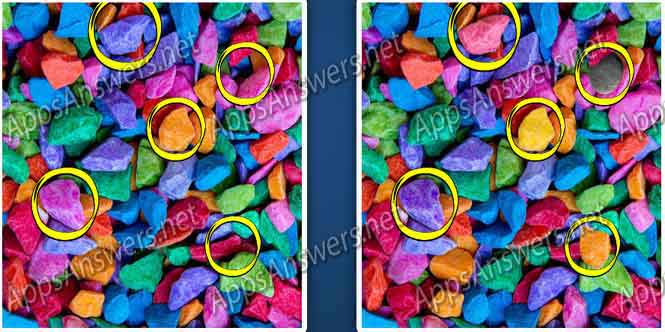
This contrasts the first generation of Web 1.0-era websites where people were limited to viewing content in a passive manner. Ī Web 2.0 website allows users to interact and collaborate with each other through social media dialogue as creators of user-generated content in a virtual community. Although the term mimics the numbering of software versions, it does not denote a formal change in the nature of the World Wide Web, but merely describes a general change that occurred during this period as interactive websites proliferated and came to overshadow the older, more static websites of the original Web.

The term was coined by Darcy DiNucci in 1999 and later popularized by Tim O'Reilly and Dale Dougherty at the first Web 2.0 Conference in 2004. Web 2.0 (also known as participative (or participatory) web and social web) refers to websites that emphasize user-generated content, ease of use, participatory culture and interoperability (i.e., compatibility with other products, systems, and devices) for end users.

World Wide Web sites that use technology beyond the static pages of earlier Web sites A tag cloud (a typical Web 2.0 phenomenon in itself) presenting Web 2.0 themes


 0 kommentar(er)
0 kommentar(er)
